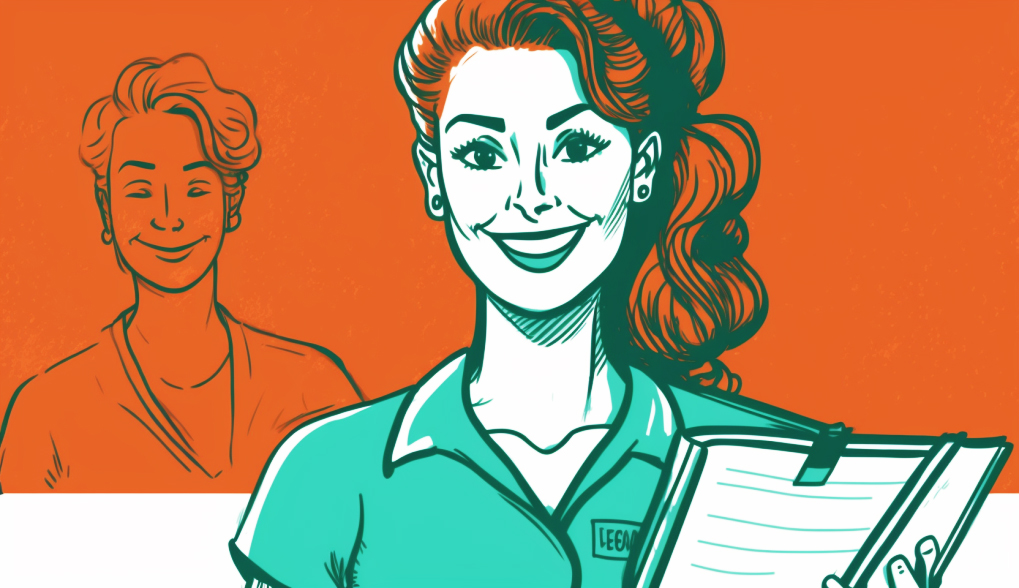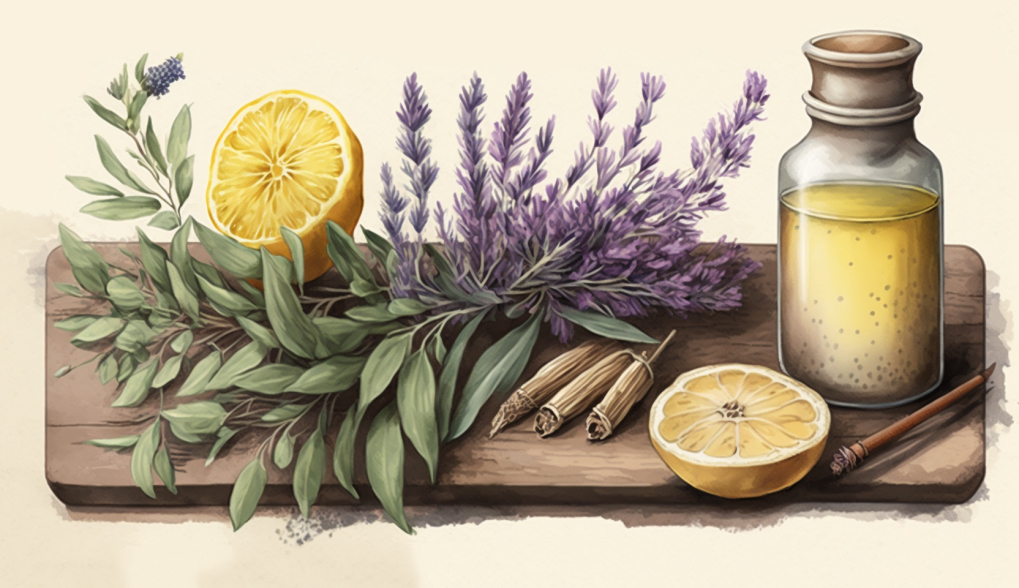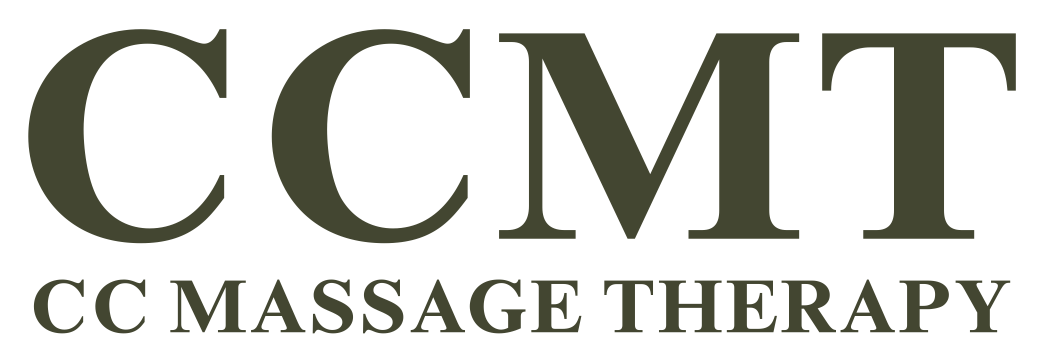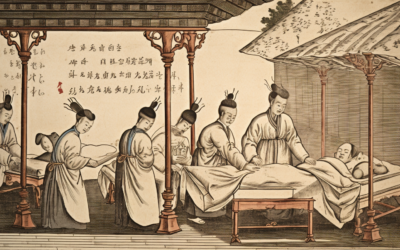In today’s fast-paced world, stress is an inevitable part of life. For Canadians seeking relief from the pressures of daily life, massage therapy is an excellent solution. This comprehensive guide explores the top seven massage techniques to help you achieve ultimate relaxation and well-being. Whether you’re looking for a certified therapist or seeking effective self-massage techniques, we’ve got you covered. So, let’s embark on a journey to embrace the power of touch and improve your overall quality of life. ??
Table of Contents
Introduction
Massage therapy has been used for centuries to promote relaxation, alleviate stress, and improve overall well-being. There’s a reason it remains a popular choice for stress relief in Canada and around the world: it works! But with so many different types of massages available, how do you choose the one that’s right for you? This guide will help you make an informed decision by breaking down the top seven massage techniques for stress relief.
Importance of stress relief
Stress can have serious impacts on your mental and physical health, including increased risk of heart disease, decreased immune function, and heightened anxiety or depression. It’s essential to find effective ways to manage stress and prioritize self-care. Massage therapy is an excellent option, as it not only addresses the physical symptoms of stress but also promotes a sense of relaxation and mental calmness.
Benefits of massage for stress relief
Numerous studies have demonstrated the effectiveness of massage therapy for reducing stress. Benefits include:
- Decreased levels of cortisol (the stress hormone)
- Increased production of endorphins (the “feel-good” chemicals)
- Reduced muscle tension and pain
- Improved sleep quality
- Enhanced mental clarity and focus
With these benefits in mind, let’s delve into the top seven massage techniques to help you achieve ultimate stress relief.
Key Takeaways:
- Massage therapy is an effective way to manage stress and promote relaxation.
- There are many different types of massages available, each offering unique benefits.
- This guide will explore the top seven massage techniques for stress relief, helping you make an informed decision about which one is right for you.
1. Swedish Massage
Swedish massage is one of the most popular and widely recognized massage techniques in the world. Known for its gentle and relaxing nature, Swedish massage is an excellent choice for those new to massage therapy or looking for a soothing experience.
How it works
Swedish massage uses a combination of long, flowing strokes, kneading, and tapping techniques to release muscle tension, improve circulation, and promote relaxation. The therapist typically uses oil or lotion to facilitate smooth, gliding movements and may adjust the pressure to suit your preferences.
Benefits for stress relief
Swedish massage is particularly effective for stress relief due to its focus on relaxation and calming the nervous system. It can help to:
- Reduce muscle tension and pain
- Improve blood circulation and lymphatic drainage
- Promote mental and emotional relaxation
- Enhance sleep quality
Finding a certified therapist in Canada
To find a certified Swedish massage therapist in Canada, you can search the Massage Therapist Association of Alberta (MTAA) or the College of Massage Therapists of Ontario (CMTO) directories, among other provincial associations. These organizations ensure that their members meet strict educational and practice standards, providing you with confidence in the quality of your massage experience.
Key Takeaways:
- Swedish massage is a gentle, relaxing technique that’s ideal for stress relief.
- The massage involves long, flowing strokes, kneading, and tapping to release muscle tension and promote relaxation.
- To find a certified Swedish massage therapist in Canada, check provincial association directories such as the MTAA or CMTO.
2. Deep Tissue Massage

Deep tissue massage targets the deeper layers of muscle and connective tissue, making it an excellent option for those suffering from chronic muscle tension or pain. While it can be more intense than a Swedish massage, it’s still a powerful tool for stress relief.
How it works
Deep tissue massage uses slow, deliberate strokes and deep, focused pressure to release tight, knotted muscles and break up adhesions (bands of painful, rigid tissue) that can limit movement and cause discomfort. The therapist may use their hands, fingers, elbows, or even forearms to apply pressure and may also incorporate stretching and joint mobilization techniques.
Benefits for stress relief
Deep tissue massage can be particularly beneficial for those experiencing stress-related muscle tension or pain. Some of its stress-relieving benefits include:
- Alleviating chronic muscle tension and pain
- Improving flexibility and range of motion
- Promoting relaxation by releasing tight muscles and easing discomfort
- Reducing stress hormones and increasing the production of endorphins
Finding a certified therapist in Canada
To locate a certified deep tissue massage therapist in Canada, consult the directories provided by provincial massage therapy associations, such as the Massage Therapist Association of Saskatchewan (MTAS) or the Massage Therapists’ Association of Nova Scotia (MTANS). These organizations maintain strict professional standards to ensure that you receive a safe and effective treatment.
Key Takeaways:
- Deep tissue massage targets deep muscle layers and connective tissue, making it ideal for chronic muscle tension or pain.
- The technique uses slow, deliberate strokes and deep pressure to release tight muscles and improve flexibility.
- To find a certified deep tissue massage therapist in Canada, consult provincial massage therapy association directories, such as the MTAS or MTANS.
3. Hot Stone Massage
Hot stone massage combines the soothing power of heat with the relaxation of massage to create a deeply calming and restorative experience. It’s an excellent option for those looking to melt away stress and tension.
How it works
During a hot stone massage, smooth, heated stones are placed on specific points of the body to warm and relax the muscles, allowing the therapist to work more deeply and effectively. The therapist may also use the stones as an extension of their hands, applying gentle pressure and gliding movements to further release muscle tension.
Benefits for stress relief
Hot stone massage offers numerous stress-relief benefits, such as:
- Deep relaxation of muscles, allowing for more effective massage
- Improved circulation and blood flow
- Reduced stress, anxiety, and tension
- Alleviation of muscle pain and discomfort
Finding a certified therapist in Canada
To find a certified hot stone massage therapist in Canada, consult the directories of reputable provincial massage therapy associations, such as the College of Massage Therapists of British Columbia (CMTBC) or the [Massage Therapists’ Association of Newfoundland & Labrador (MTANL)]
4. Aromatherapy Massage

Aromatherapy massage combines the healing power of essential oils with the soothing touch of massage, making it an excellent option for those seeking stress relief and a sensory experience.
How it works
During an aromatherapy massage, the therapist uses a blend of essential oils specifically chosen to address your stress levels and individual needs. The oils are applied directly to the skin or diffused into the air, allowing you to inhale their therapeutic properties. The massage techniques used can range from gentle, relaxing Swedish strokes to more intense deep tissue work, depending on your preferences and needs.
Benefits for stress relief
Aromatherapy massage offers a range of benefits for stress relief, including:
- Enhanced relaxation through the use of calming essential oils
- Reduced anxiety and depression
- Improved mood and emotional well-being
- Alleviation of physical tension and pain
Essential Oil |
Benefits |
| Lavender | Calming, promotes relaxation |
| Frankincense | Relaxation, stress relief |
| Bergamot | Relaxation, digestive system |
| Clary Sage | Calming, stress relief |
Finding a certified therapist in Canada
To find a certified aromatherapy massage therapist in Canada, consult the directories of reputable provincial massage therapy associations, such as the Fédération québécoise des massothérapeutes (FQM) or the College of Massage Therapists of New Brunswick (CMTNB). These organizations maintain strict professional standards to ensure that you receive a safe and effective treatment.
5. Shiatsu Massage
Shiatsu massage is a Japanese technique that uses finger pressure to stimulate the body’s energy pathways, or meridians, helping to relieve stress and promote overall well-being.
How it works
During a Shiatsu massage, the therapist applies pressure to specific points on the body using their fingers, palms, or even elbows. This pressure helps to balance the flow of energy in the body, addressing both physical and emotional imbalances. The treatment is typically performed on a mat on the floor, with the recipient wearing loose, comfortable clothing.
Benefits for stress relief
Shiatsu massage offers numerous stress-relief benefits, such as:
- Improved energy flow and balance
- Alleviation of physical tension and pain
- Reduced anxiety and depression
- Enhanced relaxation and mental clarity
Finding a certified therapist in Canada
To find a certified Shiatsu massage therapist in Canada, consult the Shiatsu Therapy Association of Ontario (STAO) or the Canadian Institute of Complementary and Alternative Medicine (CICAM). These organizations ensure that their members meet strict educational and practice standards, providing you with confidence in the quality of your massage experience.
6. Reflexology

Reflexology is a unique massage technique that focuses on the feet and hands, helping to reduce stress and promote overall well-being by stimulating specific reflex points that correspond to different parts of the body.
How it works
During a reflexology session, the therapist applies pressure to specific points on the feet and hands using their fingers, thumbs, or a specialized tool. These points correspond to different organs and systems in the body, and by stimulating them, the therapist can help to balance and restore the body’s natural energy flow.
Benefits for stress relief
Reflexology offers a range of stress-relief benefits, including:Deep relaxation and a sense of well-being
- Reduced anxiety and depression
- Improved circulation and detoxification
- Alleviation of physical tension and pain
Finding a certified therapist in Canada
To find a certified reflexologist in Canada, consult the Reflexology Association of Canada (RAC) or provincial associations such as the Ontario College of Reflexology (OCR). These organizations ensure that their members meet strict educational and practice standards, providing you with confidence in the quality of your reflexology experience.
7. Thai Massage
Thai massage is an ancient healing art that combines elements of yoga, acupressure, and reflexology, providing a deeply relaxing and invigorating experience for stress relief.
How it works
During a Thai massage, the therapist uses their hands, feet, elbows, and knees to apply pressure and stretch the body, helping to release muscle tension and improve flexibility. The treatment is typically performed on a mat on the floor, with the recipient wearing loose, comfortable clothing. The therapist may also use passive stretching techniques to enhance the massage’s benefits.
Benefits for stress relief
Thai massage offers numerous stress-relief benefits, such as:
- Improved flexibility and range of motion
- Reduced muscle tension and pain
- Enhanced relaxation and mental clarity
- A boost to the body’s energy levels
Finding a certified therapist in Canada
To find a certified Thai massage therapist in Canada, consult the Thai Healing Alliance International (THAI). These organizations ensure that their members meet strict educational and practice standards, providing you with confidence in the quality of your Thai massage experience.
Self-Massage Techniques for Busy Lifestyles
When you’re short on time or unable to visit a professional therapist, self-massage techniques can be a valuable tool for stress relief.
Tools and resources
There are various tools and resources available to help you practice self-massage, such as:
- Foam rollers and massage balls for targeted muscle release
- Massage oils and lotions to enhance the sensory experience
- Instructional books and videos on self-massage techniques
Tips for effective self-massage
To get the most out of your self-massage practice, consider the following tips:
- Focus on areas where you carry the most tension, such as the neck, shoulders, and lower back.
- Use slow, deliberate strokes and apply pressure gradually.
- Breathe deeply and mindfully during the massage to promote relaxation and stress relief.
Conclusion: Embrace the Power of Touch for Ultimate Stress Relief
The power of touch through various massage techniques can help you achieve ultimate stress relief, promoting physical, mental, and emotional well-being. By exploring different modalities and finding the right therapist, you can start your journey toward a more balanced and stress-free life.
Your Stress Relief Journey Starts Here
Frequently Asked Questions
- Can I combine different massage techniques?
- Yes, many therapists offer combination treatments that incorporate elements of different massage techniques to address your specific needs and preferences.
- How often should I get a massage for stress relief?
- The frequency of massages for stress relief can vary depending on your individual needs and preferences. Some people may benefit from a weekly massage, while others may find a monthly session sufficient. It’s important to listen to your body and discuss your needs with your therapist to determine the optimal frequency for you.
- Are there any risks or side effects associated with massages?
- While massages are generally safe, there are some potential risks and side effects to be aware of, such as soreness or bruising after a deep tissue massage, or allergic reactions to massage oils. If you have any health concerns, it’s important to consult your healthcare provider before starting any massage therapy.
- How do I choose the right massage technique for my needs?
- Choosing the right massage technique depends on your personal preferences, stress levels, and specific health concerns. It can be helpful to research different types of massages and consult with a professional therapist to determine which technique may be the most beneficial for your needs. Additionally, you may want to try multiple techniques to find the one that works best for you.
Sources
- Canada, Health. “Mental Health – Coping with Stress – Canada.ca.” Canada.ca, 2023, www.canada.ca/en/health-canada/services/healthy-living/your-health/lifestyles/your-health-mental-health-coping-stress-health-canada-2008.html. Accessed 12 May 2023.
- Li, Yan, et al. “Massage Therapy for Fibromyalgia: A Systematic Review and Meta-Analysis of Randomized Controlled Trials.” PLoS ONE, edited by Laxmaiah Manchikanti, vol. 9, no. 2, Feb. 2014, p. e89304, https://doi.org/10.1371/journal.pone.0089304. Accessed 12 May 2023.
- Page, Phil. “Current Concepts in Muscle Stretching for Exercise and Rehabilitation.” International Journal of Sports Physical Therapy, vol. 7, no. 1, 2012, pp. 109–19, www.ncbi.nlm.nih.gov/pmc/articles/PMC3273886/. Accessed 12 May 2023.
- Koulivand, Peir Hossein, et al. “Lavender and the Nervous System.” Evidence-Based Complementary and Alternative Medicine, vol. 2013, 2013, pp. 1–10, https://doi.org/10.1155/2013/681304. Accessed 12 May 2023.
- Bonet, Anna. “The Health Benefits of Thai Massage, Backed by Research.” Netdoctor, Netdoctor, 26 Apr. 2021, www.netdoctor.co.uk/healthy-living/a36216131/thai-massage/. Accessed 12 May 2023.





